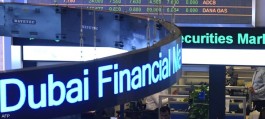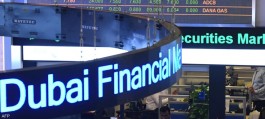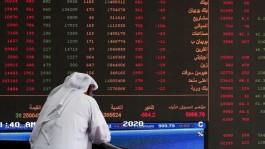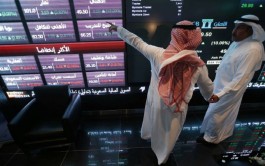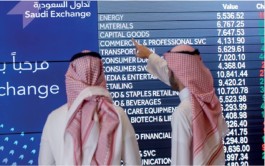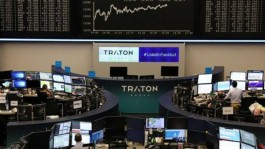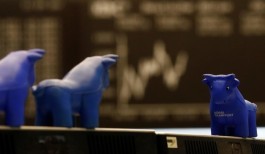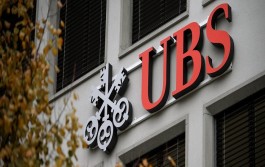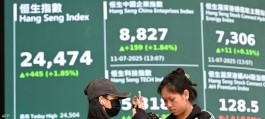U.S. stock futures rose in overnight trading hours before voting began in the high-stakes U.S. presidential election on Tuesday.
Futures linked to the Dow Jones Industrial Average added 25 points, or 0.06%, S&P 500 futures rose 0.1%, while Nasdaq 100 futures rose 0.15%.
Palantir Inc. shares jumped 12% in after-market trading Monday after the data analytics software maker reported strong third-quarter results and revenue guidance, while NXP Semiconductor Inc. shares fell after a weak outlook on macro concerns.
Stocks closed lower on Monday as safe-haven U.S. Treasury yields fell. The Dow Jones Industrial Average fell
More than 250 points, or 0.6%. The S&P 500 and Nasdaq Composite fell about 0.3% each.
Despite the uncertainty, much of the market’s aftershocks could hinge more on which party controls Congress. If control of the U.S. House of Representatives and Senate is split, it will maintain the status quo.
A Republican or Democratic sweep would also likely be coupled with the same party winning the White House, which could mean new spending plans or tax reform.
For some Wall Street economists, the election is a major hurdle that markets must overcome to rally toward the end of the year, with Sam Stovall of CFRA Research noting that, according to data going back to 1944, a prematurely strong showing in election years often translates into further improvement in the economy in November and December.
The results could have a significant impact, but investors may want to prepare for some volatility in the near term.
In this context, data dating back to 1980 suggests that major indices rise between Election Day and the end of the year, but typically decline in the session and the following week. Uncertainty about the outcome can lead to further market volatility.
“The situation is still tilted toward positive and the bullish cases are still intact, unless we get a new policy from a new political system that looks like it will be more austere,” Adam Parker, founder of Trivariate Research, told CNBC on Monday.


